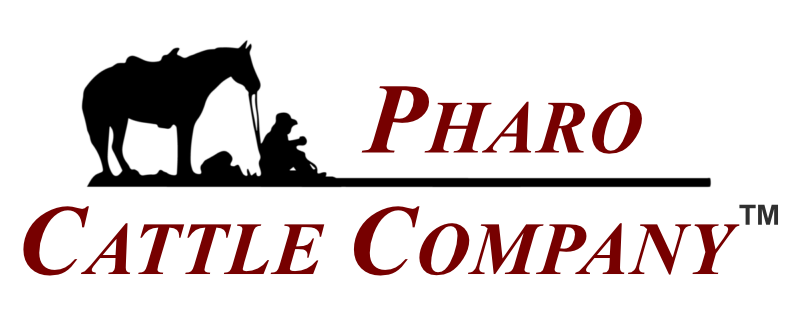Q and A –

Question: Why are your bulls able to cover more cows for more years than bulls coming out of other programs? I am also wondering how many cows you recommend putting with a bull.
Answer:
The fact that our bulls can cover more cows is a result of two things. Low-maintenance requirements and the way our bulls are developed. Nearly all of today’s bulls are high-maintenance bulls that have been developed on high-energy rations.
Compared to high-maintenance Diesel Bulls, our low-maintenance Solar Bulls require much less feed to meet their maintenance (survival) requirements, which allows them to stay in excellent breeding condition. While most bulls lose weight and condition during the breeding season, our bulls will hold their condition and gain weight.
As an added bonus, our bulls will produce low-maintenance replacement females that won’t need to be pampered to stay in production.
Bulls that are developed (fattened) on high-energy rations have no way to go but backwards. They are pretty much guaranteed to melt and fall apart when you take them home and introduce them to the real world. Our bulls won’t be as big or as fat as everyone else’s bulls – but they rarely fall apart when you take them home. They are also much healthier and more reproductive.
Bulls that struggle to hold their condition during the breeding season, cannot be counted on to breed very many cows. That’s why the status quo beef industry recommends you keep the number of cows equal to the bull’s age in months. A 15-month-old bull, for example, should be put with no more than 15 cows. No matter how old a bull is, the status quo industry recommends you never go over 25 to 30 cows per bull.
It’s been estimated that only one out of three Diesel Bulls last long enough to have a second breeding season. That’s not a very good return on your investment, is it?
Our recommended cow to bull ratio is double that of the status quo beef industry. We are not afraid to put a yearling PCC Solar Bull with 25 to 30 cows. An 18-month-old bull should be able to cover 35 to 40 cows. Although we don’t recommend it, I know several PCC customers who are running a mature PCC Solar Bull with 60 to 80+ cows.
The larger the cowherd, the higher our recommended cow to bull ratio. For example, putting one bull with 50 cows might make me a bit nervous because he has no backup. Putting four bulls with 200 cows, however, does not concern me one bit. If one of those bulls gets injured, I would have no problem letting the remaining three bulls finish the season.
What about longevity? While very few high-input Diesel Bulls last more than three years, it’s not at all uncommon for our low-input Solar Bulls to last at least six years. Many are still working at 8 to 10 years of age.
I believe longevity is primarily a result of how the bulls were developed. Bulls that were given a fair start in life will last much longer. In contrast, bulls that are overfed at a young age will always have reduced semen quality and quantity. They will also have a much greater chance of laminitis and other foot problems. Overfeeding young bulls often creates liver abscesses and rumenitis.
What’s a bull worth that can breed twice as many cows for twice as many years? You will be happy to know he is worth a whole lot more than you will ever have to pay for him! Our low-input Solar Bulls will cost about the same as high-input Diesel Bulls.
To request a catalog for our three spring bull sales, call 1-800-311-0995 or send email to Tammy@pharocattle.com. Visit the online catalog at Pharocattle.com
All three sales will be in one catalog.
All three sales will be in one catalog.

Hello,When I was a kid and had a beef cattle operation I did breed all of my cows A.I. to big 6 framed A.I. Sirers, but I had a penned bull that was framed 4, because he was easer to handle,manage, and feed. During that time period I all of the beef experts where telling and advising me to produce cows that where in the 1,500 Lbs to 1,700 lbs range.
Yes, I am slowly relearning everything I have been thought over the years about cow size.
When I used penned breeding and bull management my bulls seamed to last a few more years. But I only breed for out of calving season calves. Fall to early winter claves. I was a student at that time and wanted calf’s born when there was a holiday so I was home from school to be present for all calvings. My bottom end claves that I did not want to keep and show I was able to market in May, when the market was high.